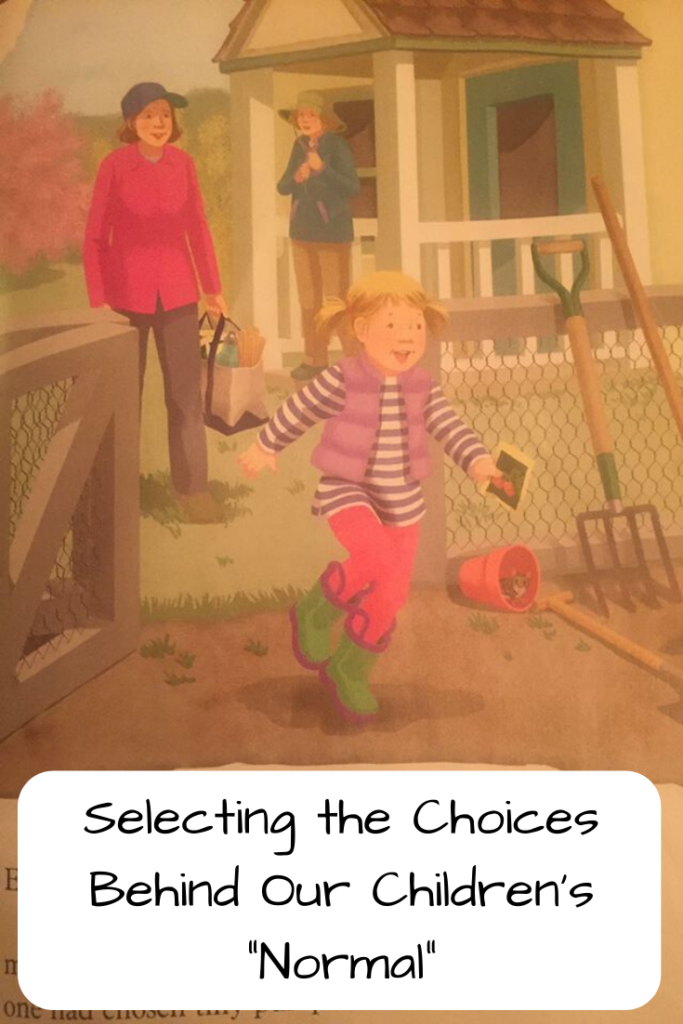
“You’re going to see [classmate] today. You should really use sunflower butter,” I say to my kids, who are making “peanut butter” and jelly sandwiches. My older son has a classmate who is severely allergic to nuts, so I’m being cautious.
“Sunflower butter!” my three year old exclaims, not being put off at all by the change in PB&J plans. When I was a kid, I wouldn’t have any idea what sunflower butter was, much less accept it out of hand. Yet, for them, switching is perfectly normal.
A few days later, I’m reading Ladybug magazine (from Cricket Media) to my three year old. As I read a short story about a little girl gardening with her parents, I realize those parents are both women. The story doesn’t make a fuss about that fact. My son is not confused by the girl having two moms. Again, it’s perfectly normal to him.
What we take for granted is shaped by the circumstances we grow up in. What we see every day is normal, at least until we see contradictory evidence in the rest of the world. But while our kids are little, we get to set that baseline a little bit.
What happens when our kids grow up where it’s standard to be thoughtful about what would hurt our friends and avoid it? Where it’s normal to see and embrace parents of all genders and sexual orientations? Where our neighborhoods are racially, economically and socially diverse, full of people who respect, appreciate, and support each others’ differences? Where kids can walk, bike and play safely, providing them opportunities to grow and learn from each other? Where we value what is good for our community more than we value power and material wealth?
Alternatively, what happens when kids grow up in environments where feeling unsafe – in their home, school or neighborhood – is normal? Where they take for granted that they will be hated and marginalized for who they are or who their parents love? Where they have to assume that the air or water is too polluted to play safely because they’ve never known anything different? Where they rightly assume that society values people in more power as humans more than it values them?
Both of these can exist. Parts of the former do exist, in some places for some people. Many more of the latter do for many more people.
The great thing is that we have at least some power to choose which future we want. We can influence our families, friends and communities to build which ones will exist. We can work together and take direction from the folks who our current society hurts the most. We can all raise our kids and work with them to create those futures.
So which will we choose?
For more stories about parenting and social justice, follow us on Facebook!